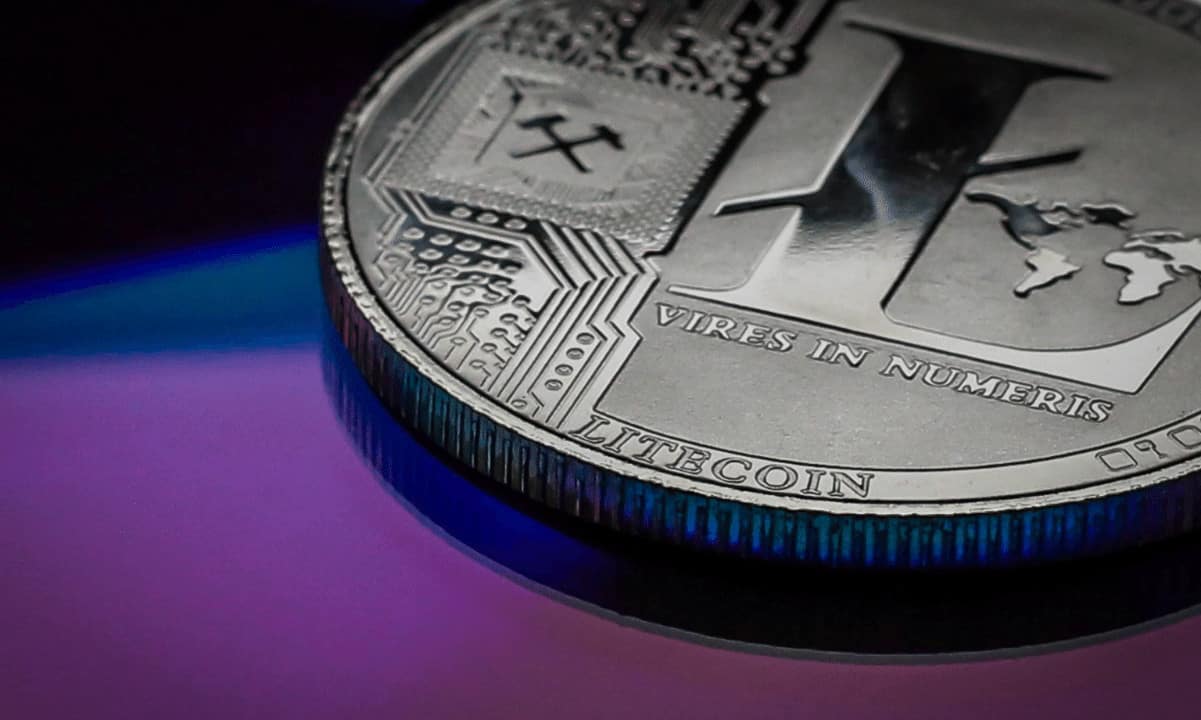
Litecoin (LTC) prices have surged around 17% over the past 12 hours, propelling the cryptocurrency to an intraday and 4-week high of $118 during early trading in Asia on Thursday morning.
However, LTC topped $140 during the December crypto rally and still remains down 72% from its May 2021 all-time high of $410.
“Litecoin has decoupled from other altcoins,” observed Santiment, which added that, just like in early December, “the key driver appears to be whales and sharks holding at least 10,000 LTC. These entities have accumulated 250,000 coins since Jan. 9, it noted.
⚡️ Litecoin has decoupled from other altcoins, jumping +16.1% in market cap in just the past 11 hours. Just as we saw in early December, the key driver appears to be whales and sharks holding at least 10K+ $LTC. They have accumulated 250K coins since Jan. 9th. pic.twitter.com/zCmu7tGKJl
— Santiment (@santimentfeed) January 15, 2025
Litecoin ETF Hopium
The momentum has also been driven by hopes over approval of a spot Litecoin exchange-traded fund in the United States now that SEC chair Gary Gensler will be out of the picture.
On Jan. 15, Canary Capital filed an amendment to its S-1 registration form with the securities regulator for such a product.
“No guarantees – but this might be indicative of SEC engagement on the filing,” commented Bloomberg ETF analyst James Seyffart.
NEW: @CanaryFunds just filed an amended S-1 for their Litecoin ETF filing. No guarantees — but this might be indicative of SEC engagement on the filing. Still no 19b-4 filing yet though
(A 19b-4 would actually start the potential approval/denial clock) h/t @isabelletanlee pic.twitter.com/wFtNOmbmYx
— James Seyffart (@JSeyff) January 15, 2025
“We had heard chatter that the Litecoin S-1 had gotten comments back from SEC,” added his colleague Eric Balchunas, who said that this “bodes well” for their prediction that a Litecoin ETF would be approved before a Solana ETF.
“This looks to confirm that, which bodes well for our prediction that Litecoin is most likely to be the next coin approved. All that said, the new SEC chair has yet to start and that’s a huge variable.”
ETF Store President Nate Geraci commented that it “would be something to see” if a spot LTC ETF was approved before an XRP or SOL fund, which are top six crypto assets by market capitalization.
Don’t have much to add here other than ltc is like a top 25 digital asset by market cap…
Would be something to see spot ltc ETF approved before xrp or sol ETF, which are top 6 assets.
Like Eric says, all comes down to SEC chair. https://t.co/YuHg4l9bdh
— Nate Geraci (@NateGeraci) January 16, 2025
Elsewhere on Crypto Markets
Crypto market capitalization was up 3% on the day, largely driven by Bitcoin reclaiming the $100,000 price level again. BTC reached $100,700 in early trading in Asia on Thursday as it approached resistance at $102,000, last hit on Jan. 7.
The only other crypto asset coming close to LTC’s performance is XRP, which rallied 13% to top $3 for the first time since January 2018. Ripple’s cross-border token hit an intraday high of $3.18 on Jan. 16, following a surge of 27% over the past week.
Solana (SOL), Stellar Lumens (XLM), and Chainlink (LINK) were also performing well today, but Litecoin was leading the altcoin pack.
Binance Free $600 (CryptoPotato Exclusive): Use this link to register a new account and receive $600 exclusive welcome offer on Binance (full details).
LIMITED OFFER for CryptoPotato readers at Bybit: Use this link to register and open a $500 FREE position on any coin!




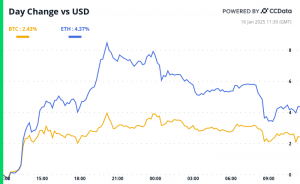






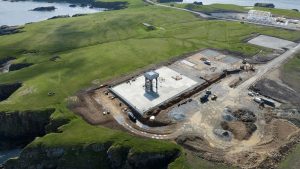


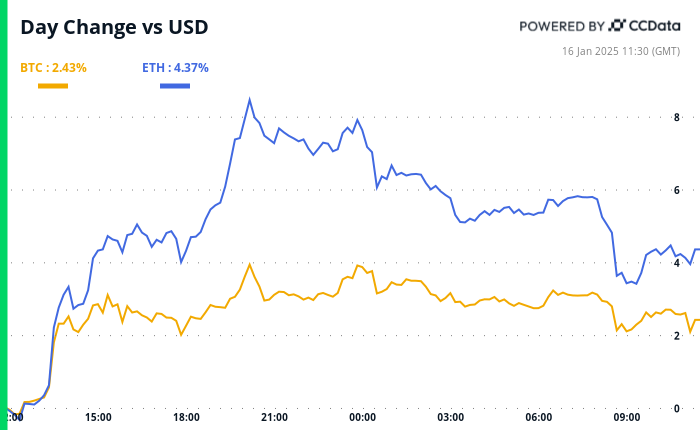
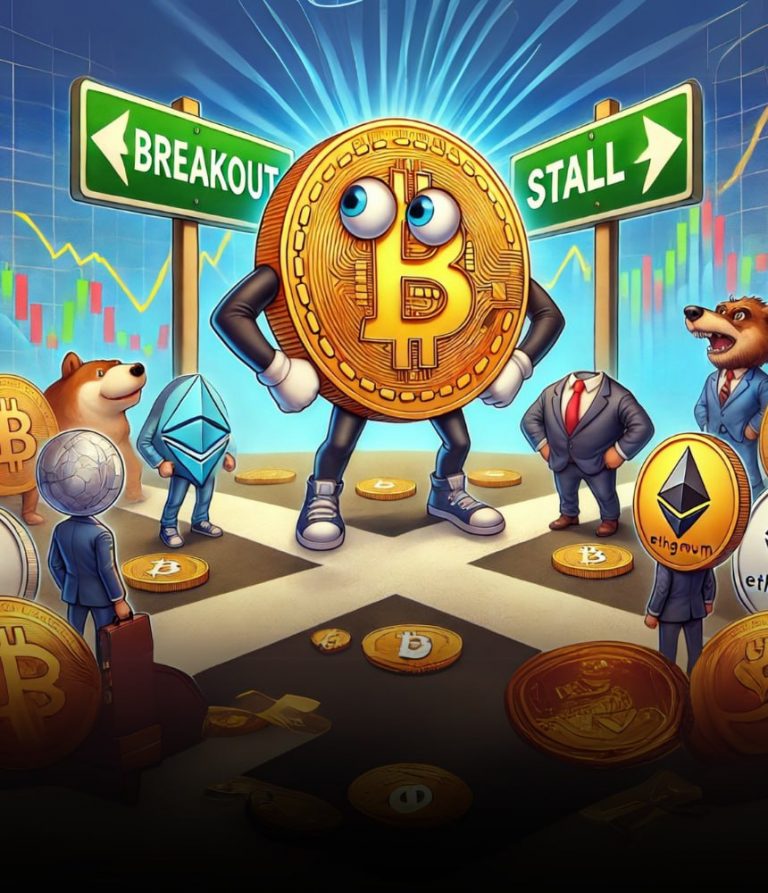
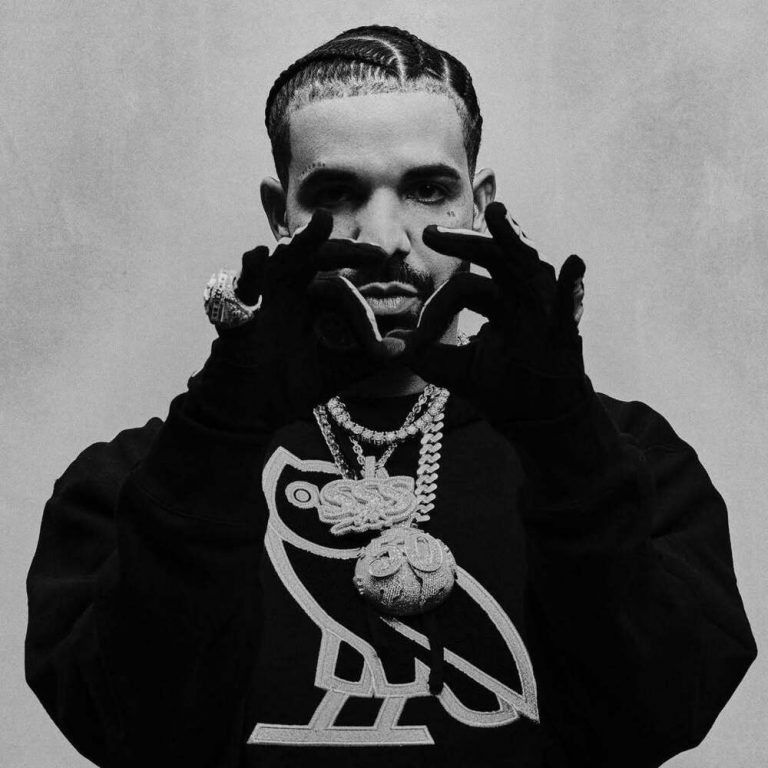
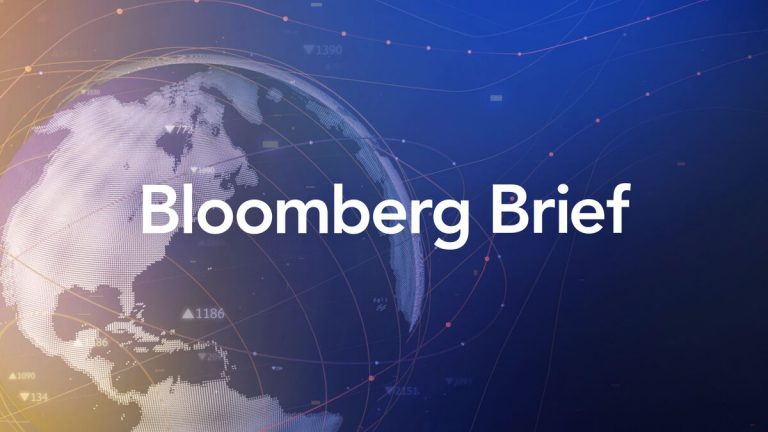
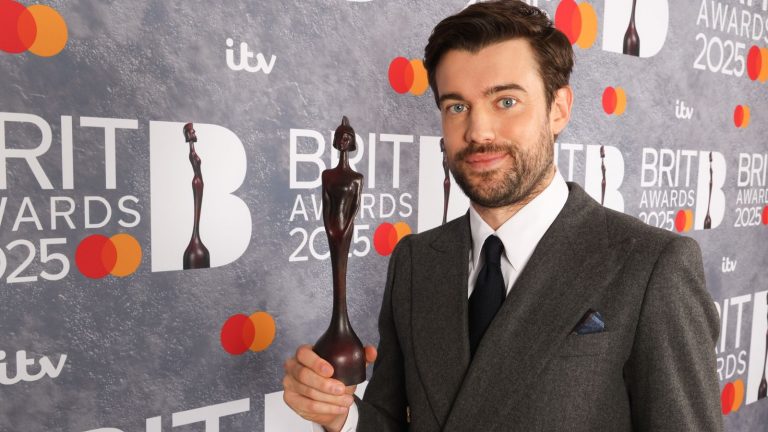



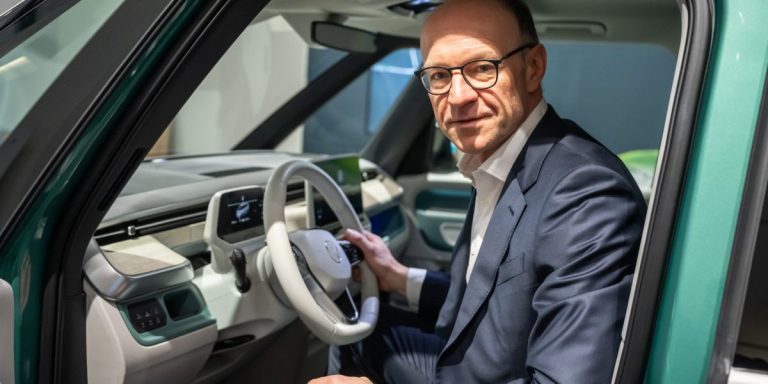

+ There are no comments
Add yours